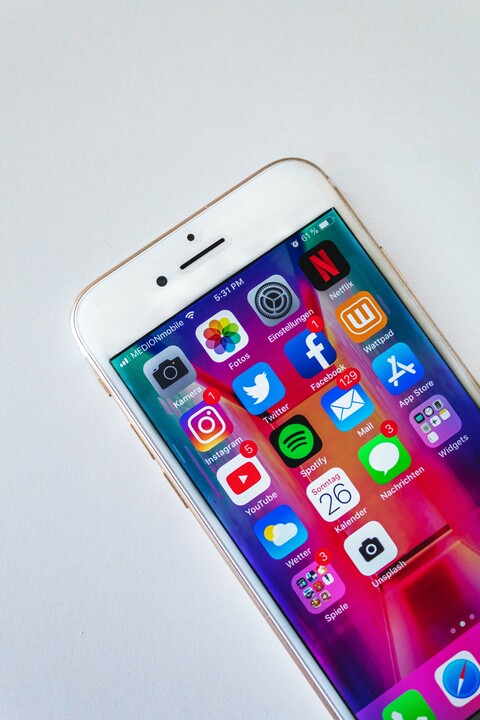Since digital music consumption surpassed physical sales in West Africa in 2013, there has been notable growth in recorded music revenue, particularly through Caller Ring Back Tones and streaming platforms. However, despite this growth, music publishing revenue has not seen a corresponding boost. The transition from traditional models to digital systems, which includes accurate metadata ingestion, non-exclusive agreements with Collecting Management Organizations (CMOs), direct licensing opportunities, and improved remittance practices, is essential for leveraging these new revenue streams.
Recently, the US Copyright Royalty Board (CRB) upheld a significant increase in mechanical streaming rates to 15.1%, up from the previous 10.5%. This adjustment is crucial for the publishing and licensing sectors, as it reflects the growing Serviceable Obtainable Market (SOM) for streaming. This rate will be deducted from Total Content Costs, which encompasses all payments to licensors of sound recording and mechanical rights. Essentially, 15.1% of the total revenue generated from master recordings will be allocated to publishing royalties. This increase is a positive step, with the National Music Publishers Association (NMPA) aiming to raise this rate to 22%-26% in the next term (2023-2027). This progress raises the question: Is there a comparable system for Mechanical and Performance Licensing in Africa?
In Africa, the framework for Mechanical and Performance Royalties often exists on paper but lacks effective enforcement and remittance. Collecting Societies in West Africa face significant challenges that hinder the flow of royalties to right holders, leading to the misconception that these systems are non-functional.
Performance Licensing grants the right to publicly perform a song, while Mechanical Licensing allows for the reproduction of a song on sound recordings. Traditional methods of exploiting these licenses include public performances at events, clubs, and radio, but digital evolution has expanded these to include digital downloads, streaming platforms, and social media.

The responsibility for issuing blanket licenses and remitting royalties falls to Collective Management Organizations (CMOs). After Nigeria’s independence, the country transitioned from the UK Performing Right Society (PRS) to indigenous agencies like the Giwa Agency in 1970, followed by MCSN in the 1980s. However, the system has faced issues with various collecting societies, including PERON, PMRS, and COSON, and disputes over royalty distribution. Similar problems exist in other African countries such as Kenya and Ghana.
The current dominance of CMOs raises concerns about the effectiveness of royalty collection and distribution. A swift transition to a digital model is necessary to address these issues, ensuring accurate metadata ingestion, non-exclusivity for direct licensing, and effective publishing partnerships. One example of problematic traditional models is the General Distribution practice, where all members of a collecting society receive the same royalty amount annually, regardless of their individual contributions.
What is the current status?
To address these challenges, we must consider the historical shifts in the music industry, such as the decline in CD sales in 1999 and the impact of COVID-19 on live performances. Here are five key trends that could reshape the exploitation of music and facilitate better royalty remittance:
- Social Media Platforms: Social media has become a new form of public performance. Platforms like TikTok have secured licensing deals across 58 African territories through SAMRO and CAPASSO. There is a need for more such deals to ensure that music usage on social media results in royalty payments. Publishing partnerships and licensing solutions tailored to the African market should be a priority, with direct licensing allowing publishers and labels to negotiate terms directly.

2. Video Platforms: Cue sheets, which detail all music used in visual projects, are crucial for accurate royalty distribution. Effective use of cue sheets across various video delivery platforms—such as cinemas, SVODs, and TVODs—ensures royalties are properly remitted. ASCAP’s Royalty Premium Payment Plan, which provides additional payments for top-streamed shows and movies, exemplifies how accurate cue sheet data can benefit composers and songwriters.
3. Music Streaming Platforms: While streaming platforms have been paying performance and mechanical royalties, challenges remain with metadata tracking. Timely negotiation of split points and proper ingestion of works simplify royalty payments to rightsholders.
4. Gaming Platforms: Gaming is booming in Africa, with a rise in gamers and increased interest from platforms like Facebook and Netflix. Ensuring that music used in games is compensated appropriately, rather than through one-time buyouts, is essential. Recent settlements with Roblox and Twitch by the National Music Publishers’ Association highlight the need for strategic music placements and ongoing royalties.

5. The Metaverse: The metaverse is increasingly becoming a reality, with music playing a role in its various districts. Licensing partnerships for pre-cleared music in the metaverse can provide commercial opportunities for African music. As virtual venues incorporate music, it is important to ensure African contributions are included and appropriately licensed.
Addressing these trends and transitioning to a modern digital framework can help overcome the existing challenges and enhance the efficiency of music royalty distribution in Africa.

